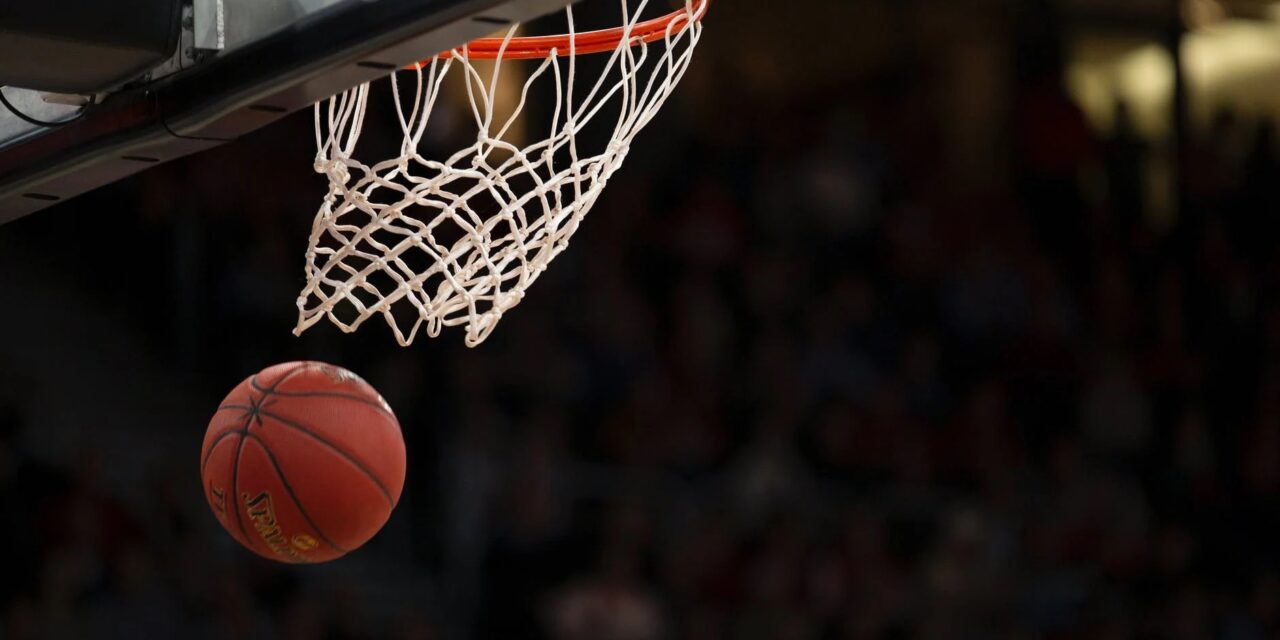Here are the first two things that need to be fixed in college athletics.
You might think NIL or Name-Image-Likeness is one of them, but it’s not because no one can seem to figure out what that means beyond athletes getting paid for having their names on jerseys and other apparel. The NCAA has left that to the conferences and schools to recommend how that would work, and that isn’t even close to happening.
In my opinion, the two things most pressing for resolution these days are the transfer portal madness and the out-of-control coaching salaries, recruiting budgets and the arms race over facilities.
Before it really got into the headlines, Roy Williams called the transfer portal the worst legislation ever passed by the NCAA member schools. Along with being eligible to play right away after transferring, the portals in football and basketball now have thousands of names.
What coddled high school star athlete is going to take the responsibility if things don’t go well in college? So, the transfer portal gives them a way out before even giving their school, teammates, coaches and themselves a chance to know each other.
UNC grad and retired Big Ten Commissioner Jim Delany favors making the scholarships for two years (instead of the renewable one year they currently are) and says athletes who sign shouldn’t be able to transfer until after their second year at the schools they choose.
That will mean a commitment made when signing is honored and players, coaches and fans really get to know one another, show love toward all the athletes, projected stars or struggling recruits, and if after two years any want to transfer, they would be free to do so.
Delany also likes the idea of controlling expenses and escalating budgets by making them programmatic at all schools. In other words, say football gets an annual $50 million budget, out of which come coaching compensation, recruiting expenses and travel, etc.
If schools want to pay a coaching staff $10 million, they might not have enough money to stay competitive in recruiting and travel for their teams. After the iconic head coaches now making mega-millions retire, schools can hire younger successors for less money and set a new bar and new pay scale for college athletics; coaches who think they are worth more can go to the true professional leagues.
Chapelboro.com does not charge subscription fees. You can support local journalism and our mission to serve the community. Contribute today – every single dollar matters.
Podcast: Play in new window | Download
Subscribe: RSS



Comments on Chapelboro are moderated according to our Community Guidelines